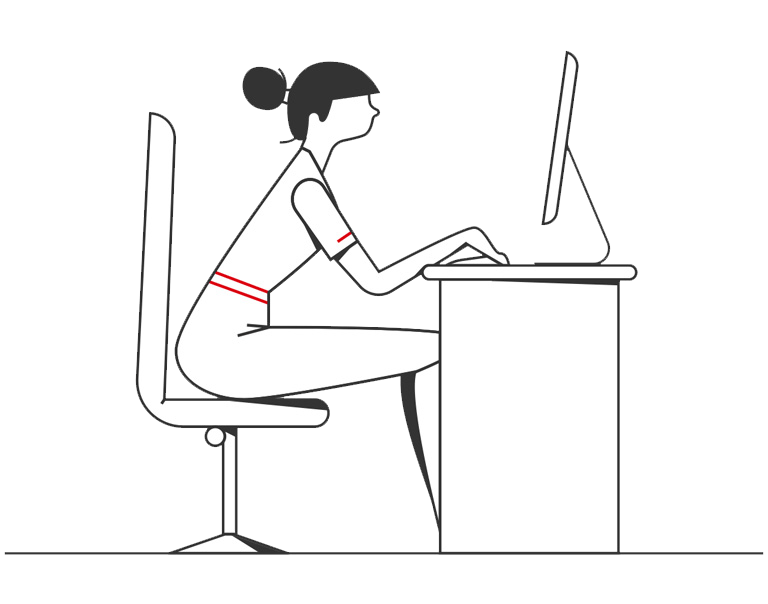The United Arab Emirates' ability to adapt quickly to sudden changes in the global business environment are expected to help its economy navigate through an unprecedented challenge posed by the disruption of the coronavirus pandemic, an expert panel explained on a recent HSBC Navigating Business webinar.
Joined by Hira Industries & PDS Group, the webinar panel discussed the resilience and responses of companies to the COVID-19 disruption, business models, strategies and outlined what the new post-pandemic world might look like with changes to trade, business and life.
“This is not the first time we have faced the challenge of change,” says Abdulfattah Sharaf, Group General Manager & CEO for UAE & International at HSBC MENAT. “From fishing and pearling, to oil, sea ports and airports, and now a global financial centre - the UAE has always learnt to adapt to changing norms and expectations of the next generation,” he adds.
While COVID-19 has impacted economic activity across the Gulf Arab region at a time of weak oil prices, strong foundations of the fast digitising UAE economy combined with business innovation opportunities arising from the pandemic are brightening its longer-term outlook.
"We are being stretched, but we will not break. Some of the data and projections are worrying, but at the same time we have seen even more digital migration and investment in the UAE and this is the agility that will see us through, future-proofing our next chapter,” says Sharaf.





